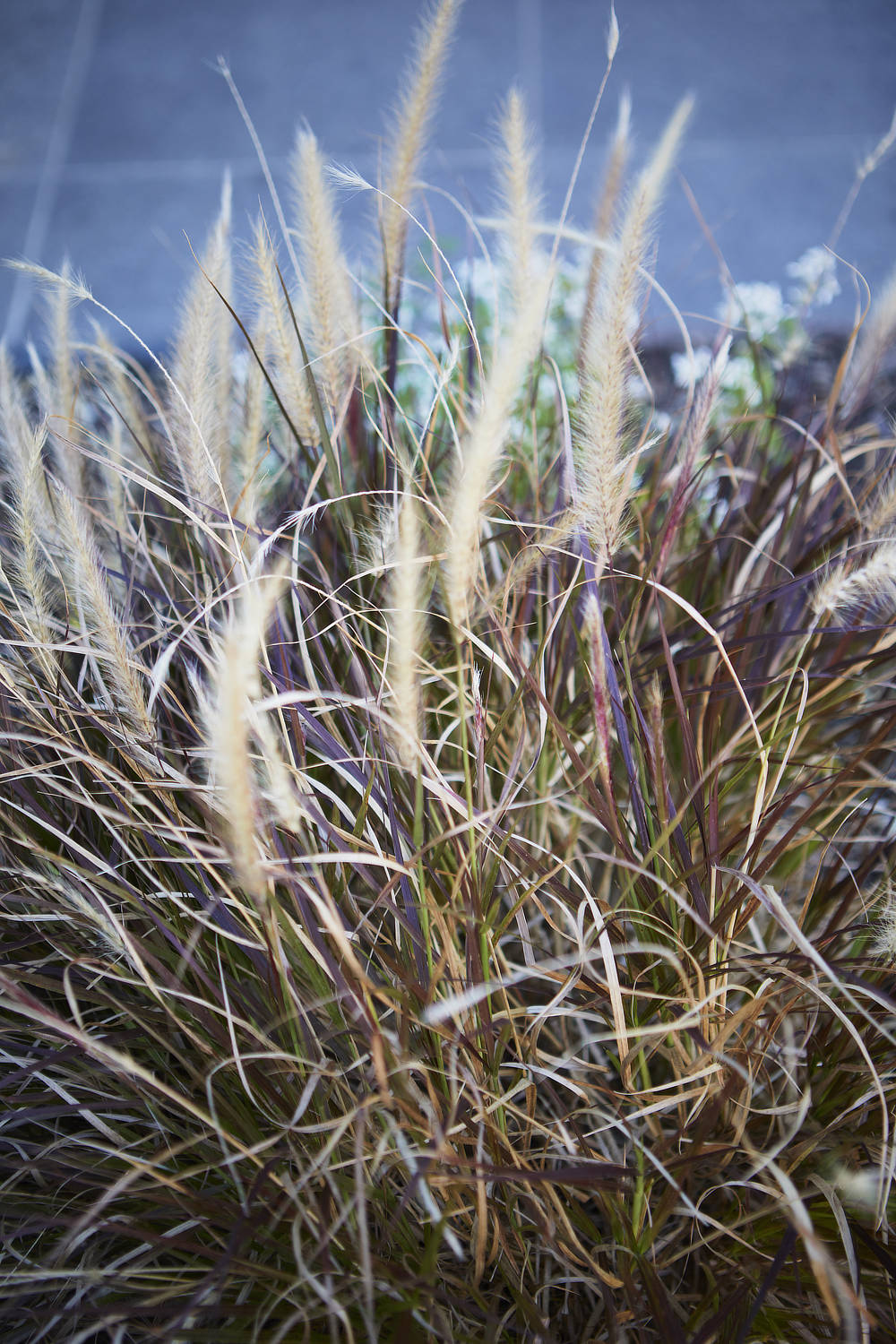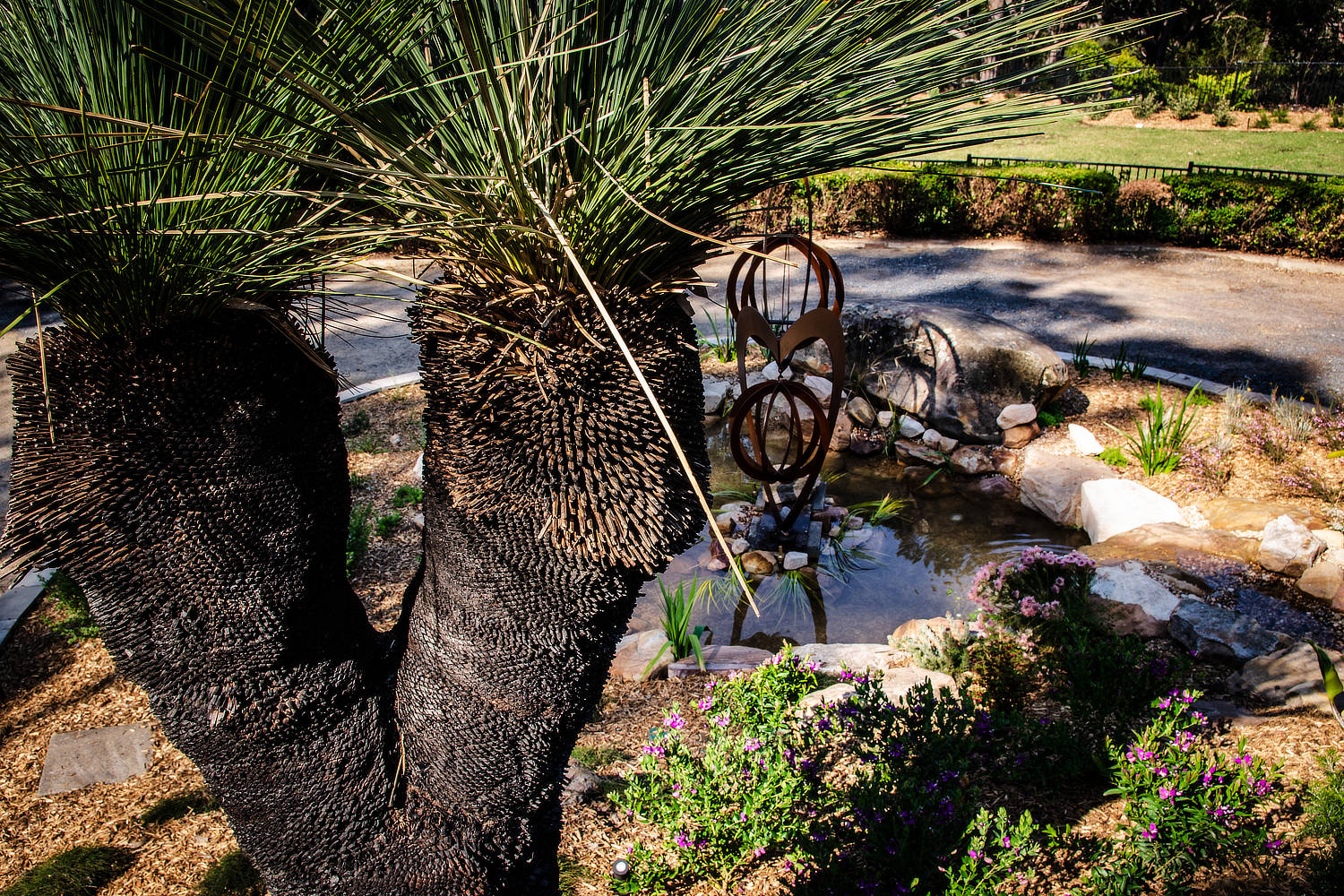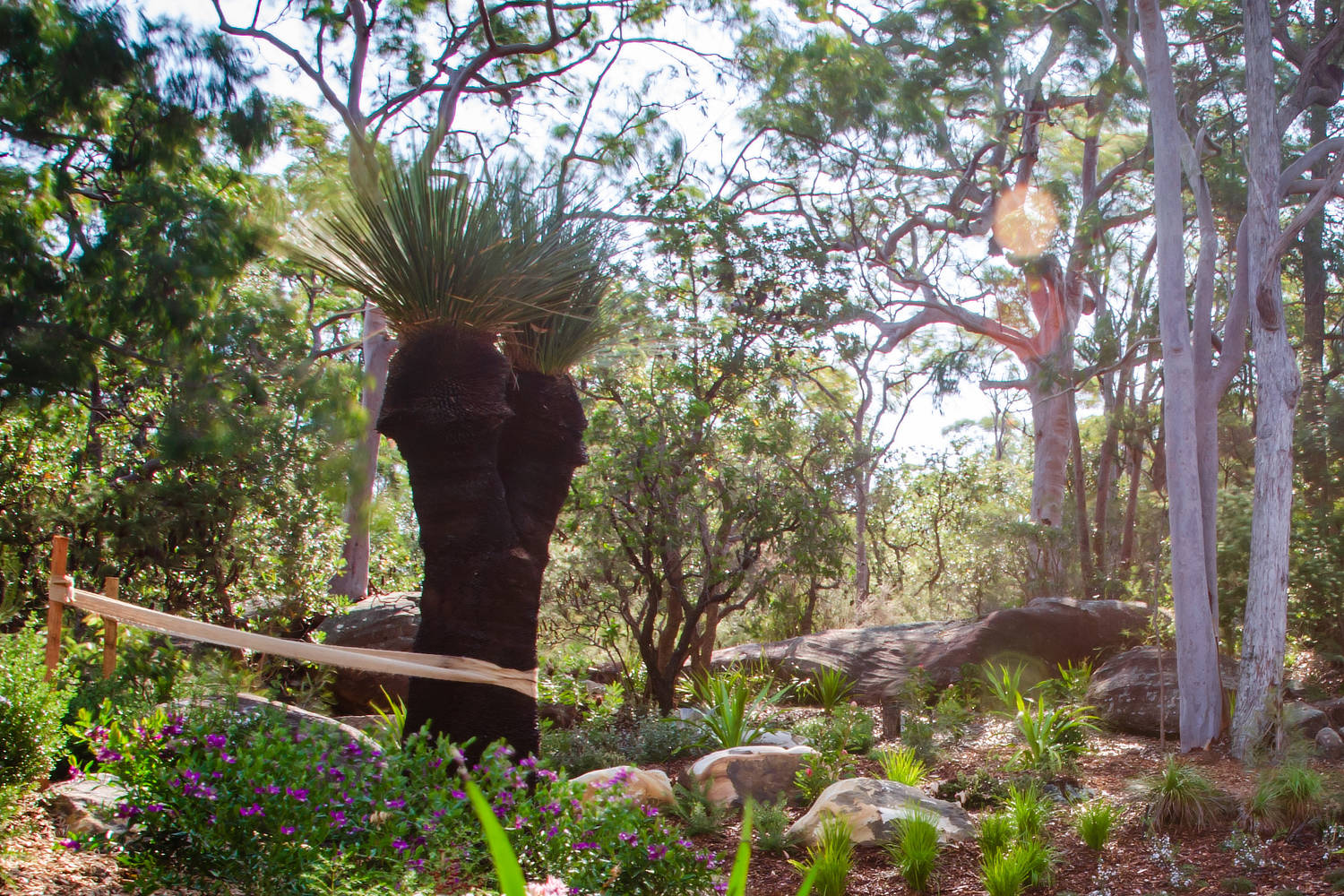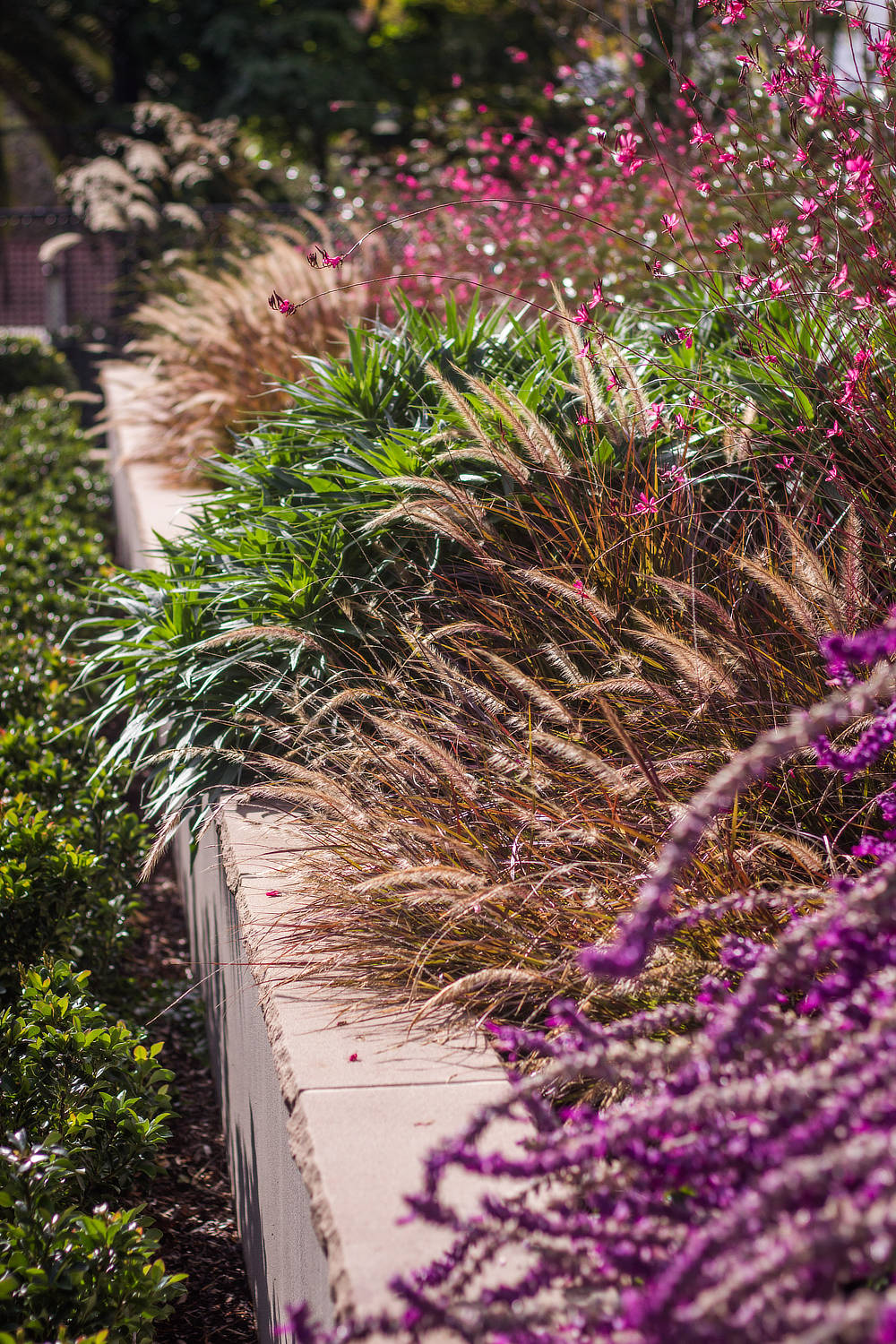Grass like plants can add so much to a garden design as they add a vertical accent and strappy leaf that helps to break up more solid rounded shapes. When selecting grassy and strappy leaf plants I like to use native plants as they are less maintenance and generally hardier than exotic plants.
Kangaroo paws are the state emblem and thrive in Western Australia, due to the Mediterranean climate and that is because they hate humid conditions. When they get too sweaty, they develop black spot which will eventually kill the plant off. If you can give them an open space, good drainage, and lots of sun they will reward you with glossy strappy upright leaves and a bounty of flowers in a huge array of colours that will also introduce native birds and insects alike. After flowering remove the flower spike and the surrounding foliage to that spike and you will maintain an open airy habit.
Conostylis aculeata or prickly Conostylis is endemic to south-west Western Australia. It’s a smaller plant than a kangaroo paw so perfect for the front of garden beds or used as a ground cover where it can be truly enjoyed for its flat leaves and yellow hairy flowers. Its adaptable to many spots in the garden including pots and waterwise gardens too. The yellow buds open to yellow flowers (also available in white) in spring and summer.
Ficinia nodosa has a great common name the ‘knobby club-rush’ and is excellent at establishing quickly. The thin glossy leaves give this plant a shiny appearance that lifts a garden as it glints in the sun. The hard brown flower heads sit at the top of the reed like leaves and nod nicely in the wind. I like to mass plant this species to cover large areas quickly and they are excellent at binding soil too. They are also fantastic as cleaning water so can be planted in dry riverbeds, boggy areas and by water features. They can also handle free draining sandy soil so really are a versatile plant.
Poa poiformais is another fast-growing tussock grass however this one is much denser than the Ficinia and the leaf is thinner so it adds a fine appearance to the landscape. Being finer the plant sways in the wind rather than bobbles around and it also has a glaucous blue colour to the foliage which adds interest and beauty. Planting lots of this species together has impact but this plant looks just as nice as a feature plant in a combination with other ornamental plants.
Lomandra must be one of the most hybridised species of grassy or strappy leaf plants available on the market and it’s because they are so bulletproof. They can take boggy to sandy soils and full baking sun to partial shade. There are wide leaf, thin leaf, tall, small, green, yellow and blue foliage varieties available so there has to be one that will suit that empty spot where you have been looking for something strappy to break up your planting scheme.




